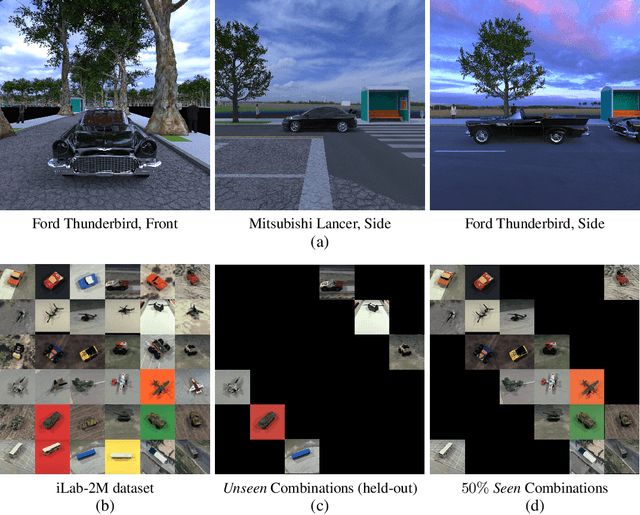Jamell Dozier
Do Neural Networks for Segmentation Understand Insideness?
Jan 25, 2022Abstract:The insideness problem is an aspect of image segmentation that consists of determining which pixels are inside and outside a region. Deep Neural Networks (DNNs) excel in segmentation benchmarks, but it is unclear if they have the ability to solve the insideness problem as it requires evaluating long-range spatial dependencies. In this paper, the insideness problem is analysed in isolation, without texture or semantic cues, such that other aspects of segmentation do not interfere in the analysis. We demonstrate that DNNs for segmentation with few units have sufficient complexity to solve insideness for any curve. Yet, such DNNs have severe problems with learning general solutions. Only recurrent networks trained with small images learn solutions that generalize well to almost any curve. Recurrent networks can decompose the evaluation of long-range dependencies into a sequence of local operations, and learning with small images alleviates the common difficulties of training recurrent networks with a large number of unrolling steps.
On the Capability of Neural Networks to Generalize to Unseen Category-Pose Combinations
Jul 15, 2020



Abstract:Recognizing an object's category and pose lies at the heart of visual understanding. Recent works suggest that deep neural networks (DNNs) often fail to generalize to category-pose combinations not seen during training. However, it is unclear when and how such generalization may be possible. Does the number of combinations seen during training impact generalization? Is it better to learn category and pose in separate networks, or in a single shared network? Furthermore, what are the neural mechanisms that drive the network's generalization? In this paper, we answer these questions by analyzing state-of-the-art DNNs trained to recognize both object category and pose (position, scale, and 3D viewpoint) with quantitative control over the number of category-pose combinations seen during training. We also investigate the emergence of two types of specialized neurons that can explain generalization to unseen combinations---neurons selective to category and invariant to pose, and vice versa. We perform experiments on MNIST extended with position or scale, the iLab dataset with vehicles at different viewpoints, and a challenging new dataset for car model recognition and viewpoint estimation that we introduce in this paper, the Biased-Cars dataset. Our results demonstrate that as the number of combinations seen during training increases, networks generalize better to unseen category-pose combinations, facilitated by an increase in the selectivity and invariance of individual neurons. We find that learning category and pose in separate networks compared to a shared one leads to an increase in such selectivity and invariance, as separate networks are not forced to preserve information about both category and pose. This enables separate networks to significantly outperform shared ones at predicting unseen category-pose combinations.
 Add to Chrome
Add to Chrome Add to Firefox
Add to Firefox Add to Edge
Add to Edge